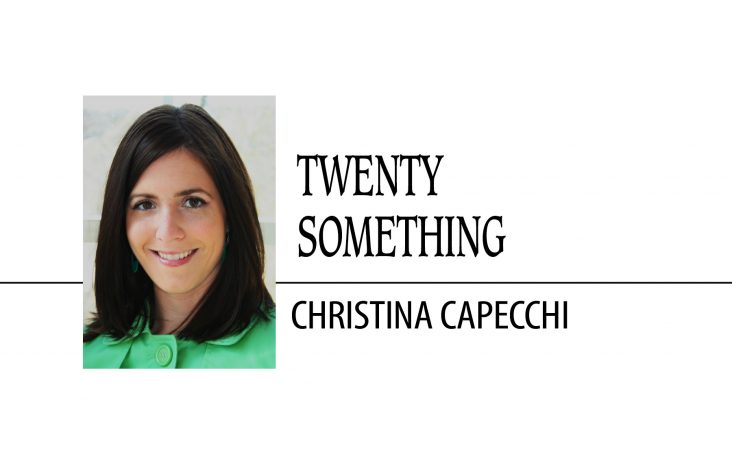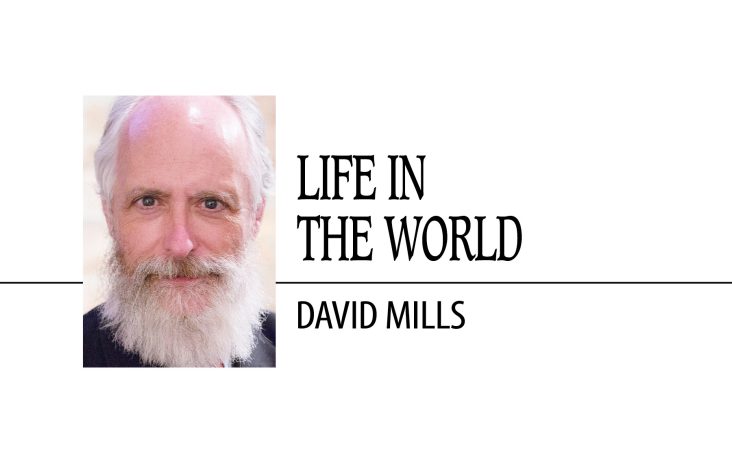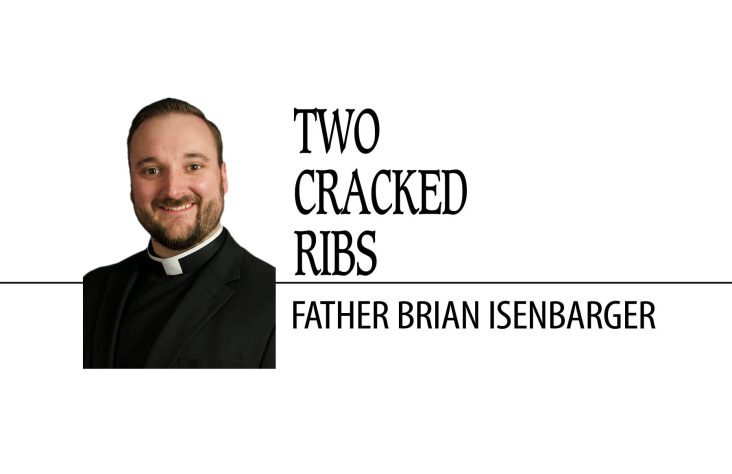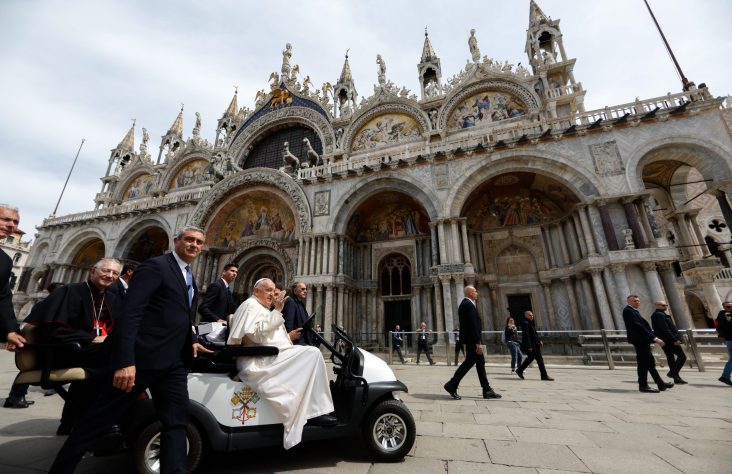May 11, 2016 // Uncategorized
Physician assisted suicide is coming to a city near you
By Dr. Andrew Mullally
In the April edition of the Indiana State Medical Society monthly report I was disturbed to read an opinion piece by an IU oncologist entitled, “The Art of Dying Well.” In this article he lays out an apparently sympathetic and emotional case in favor of physician-assisted suicide. He also asks physicians to support his resolution at the annual convention to allow this practice in Indiana. This resolution is the first step in legalizing this practice in our state. His assertion is that allowing a patient to choose the time and manner of their death is to allow them to die well. However, as a rational human being, I have several issues with this claim and, as a physician, I have even more.
Any reasonable person can recognize that physician-assisted suicide and euthanasia can never be tolerated under any circumstances because it is an objectively grave moral evil. Allowing this practice leads to a gross marginalization of human life at a societal level and at an individual level. Euthanasia artificially assigns a discrete and arbitrary value to one’s life, thereby eliminating the essential truth that every human life is sacred. This ethic is effectively a negative utilitarian worldview in which it is determined that certain lives are no longer worth living. Sadly, for many in our society this seems to be a laudable option for the aged or infirm purely because they are approaching death and do not have much “utility” left. While most advocates of this practice commonly relate anecdotal stories of patients or family members who made a lucid request to end their life due to unbearable and untreatable pain, we should be familiar with the essential moral aspects of this decision and the natural course of where this worldview has led to in countries where it is legal.
Physician-assisted suicide advocates claim their advocacy is in support of an individual’s right to choose how and when to die. This includes many situations outside that of “unbearable pain” as presented above. For example, what do you do with patients who are terminally ill? Does it make a difference if the patient’s life expectancy is a week or ten years? What if they did not want to become incapacitated? What if they are afraid of loneliness and want to undergo double euthanasia with their spouse? What if they admit to depression that has caused suicidal thoughts? Initially it would appear that there is a great difference between the advocate’s poster child for euthanasia and a depressed 13 year-old girl who broke up with her boyfriend. However, the suicidal act of an 80 year-old and a 13 year-old differs only in circumstance and not in essence. It is easy for a rational individual to stand against the 13 year-old’s depression as an unacceptable reason for euthanasia; but why? We naturally reject the desire of a 13 year-old to end her life because we see it as a loss of a life worth living. Yet when the scenario involves the 80 year-old, we are quick to label it as the “patient’s right to choose.” The crux of the euthanasia argument can now be revealed as not an individual’s autonomous choice, but rather society’s external de-valuation of lives as not worth living, and in particular, a marginalization of the aged and ill.
The act of killing a patient is the same whether they have a great “quality of life” or an allegedly poor one. When confronted with this fact, the advocates of euthanasia are forced to resort to the lowest common denominator and recognize that if euthanasia is to be allowed, it needs to be universally allowed. It is for this reason, pediatric euthanasia is allowed in the Netherlands for patients age 12 and older and in Belgium pediatric euthanasia is legal without any age limit. Even worse, half of Belgium’s euthanasia nurses admitted to helping euthanize a patient with no “request or consent.” How quickly we have digressed from a choice, to a right, to a duty to die, and now even without consent. To whom can one turn, when emotionally or physically ill, if not to their physician and medical team?
For the last 2500 years (up until recently), physicians have been trusted by their patients to, “First, do no harm.” This adage is the cornerstone of medical ethics. In the Hippocratic Oath, graduating medical students traditionally promised to never “administer a poison to anybody when asked to do so, nor to suggest such a course.” This is an essential oath, as a doctor must always be trusted to treat and to heal for a patient to feel comfortable surrendering their bodies and well-being to the care of their physician. To rescind this oath, as many medical schools have done, severs the trust of the physician-patient relationship and allows for practices such as physician-assisted suicide. This fundamentally changes the fiduciary role of a physician and endangers patients.
It is our affirmative duty as Americans, and my particular duty as a physician, to resist this practice at any cost. Many may still contend that this issue is not one of much importance, and that it only affects a small percentage of people. However, in the countries where the practice of killing patients has been tolerated for decades, the percentage of euthanized patients has tripled since it was officially decriminalized in 2002 rising approximately 15 percent each year in the last decade. Without proper education, people are at risk to increase this statistic not knowing that there are other universally accepted and extremely effective alternatives, such as hospice and palliative care, that not only excel at greatly reducing pain, but also in comforting the patient and the family in their time of grief.
Physician-assisted suicide not only destroys the physician-patient relationship and further marginalizes the vulnerable of our society, but it robs patients and their families of the solace that comes with a natural death and imposes upon its victims the consequences of an irrevocable and gravely flawed decision. I have witnessed firsthand the consolation and even joy that come from the actions in the final chapter of one’s life. There is a significant maturing and coming to grips with one’s mortality that is therapeutic for not only the patient, but also for the family, that comes from surrendering to God’s will for the end of one’s life. In a patient’s final days, he would benefit much more from physician aid-in-living rather than physician aid-in-dying. The proponents of euthanasia will continue to try to camouflage their position as the “compassionate choice” or the more “sympathetic” view of the patient’s strife. However, this will always be an ironic assertion considering that these words mean to “suffer together” and to “suffer with.” The cure for suffering is not to eliminate the sufferer but rather to comfort him and stand with him in solidarity when he is ill. It is only by supporting patients up until the time of a natural death that we can allow them to truly die well.
The best news. Delivered to your inbox.
Subscribe to our mailing list today.





